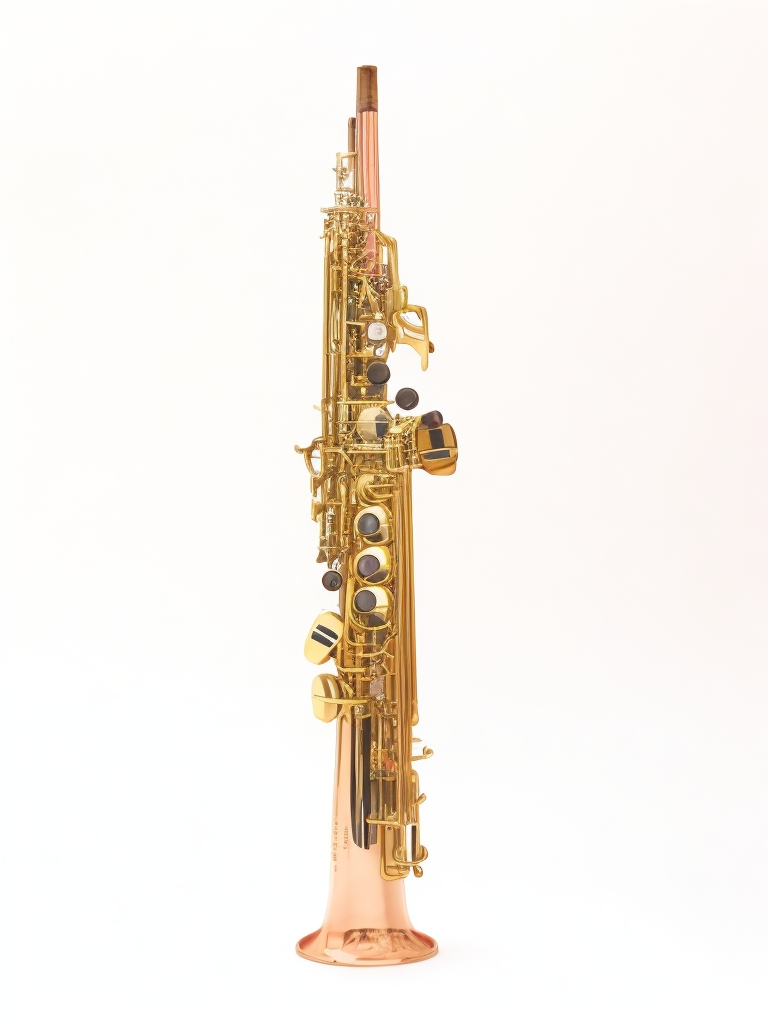The alto saxophone, a popular instrument in jazz and classical ensembles, requires a deep understanding of technique and fingerings for optimal performance. One key element is the fingering of tenor 1, a crucial aspect for proficient playing. In this article, we will delve into the nuances of tenor 1 fingerings in the alto sax, providing valuable insights for musicians seeking to improve their skills.
Tenor 1 Fingerings: Essential for Advanced Playing
The term “tenor 1” refers to the first tenor saxophone part in a typical saxophone section. Though alto saxophones and tenor saxophones are distinct instruments, alto sax players often find themselves playing tenor 1 parts in various musical contexts. This necessitates a firm grasp of the appropriate fingerings for smooth execution and seamless transitions.
Optimizing Hand Position and Technique
A proper hand position is vital for executing tenor 1 fingerings on the alto sax. Ensuring that fingers are curved and relaxed, with fingertips positioned on the pearls, is the foundation for accurate and comfortable fingering. Additionally, maintaining a steady embouchure and proper breath support will result in a consistent tone while playing tenor 1 parts on the alto sax.
Developing Finger Independence and Dexterity
To achieve mastery in the fingering of tenor 1 in the alto sax, it is essential to develop finger independence and dexterity. Practicing scales, arpeggios, and technical exercises will help refine finger coordination and improve overall technique. Incorporating a daily practice routine with a focus on finger strength and agility will enable musicians to execute tenor 1 fingerings with ease and precision.
Exploring Alternate Fingerings
Alternate fingerings are an important aspect of the fingering of tenor 1 in the alto sax. They offer the ability to adjust tone color, intonation, and facilitate challenging passages. Familiarizing oneself with alternate fingerings and experimenting with them during practice sessions will enable musicians to discover the best options for their individual playing style and the specific musical context.
Expanding Repertoire for Tenor 1 on Alto Sax
To hone the fingering of tenor 1 in the alto sax, it is crucial to expose oneself to diverse musical genres and pieces. Playing a wide variety of repertoire will help musicians become more adept at navigating different musical contexts and challenges, enhancing their overall performance capabilities. Collaborating with fellow musicians in ensembles and attending masterclasses will further refine one’s understanding of tenor 1 fingerings and their application in various musical situations.
In conclusion, the fingering of tenor 1 in the alto sax is an essential skill for musicians striving for excellence on the instrument. By focusing on hand position, technique, finger independence, alternate fingerings, and expanding repertoire, musicians will be well-equipped to tackle tenor 1 parts on the alto sax with confidence and precision.
Can alto sax play tenor sax music?
Yes, an alto sax can play tenor sax music, but it’s important to remember that the alto sax is in the key of Eb while the tenor sax is in the key of Bb. This means you will need to transpose the music (up a perfect fourth or down a perfect fifth) for it to sound in the correct key.
Where do you put your fingers on a tenor sax?
Your fingers on a tenor saxophone are placed similarly to other saxophones. Starting from the top, your left hand covers the keys from B to G, and your right hand covers the keys from F# to D. Additional keys are operated by the pinky fingers and thumb.
What is the hardest note on tenor sax?
High notes, such as F#, G, and G#, can be difficult on the tenor saxophone, particularly for beginners. They require a good embouchure, breath control, and familiarity with the instrument’s keywork.
How do you finger low C on tenor sax?
To finger a low C on the tenor sax, you press down all the three main buttons for your left hand and all the three main buttons for your right hand, and use your right hand’s pinky to press the C key.
How do you transpose tenor sax to alto sax?
Transposing from tenor sax (Bb instrument) to alto sax (Eb instrument) involves moving the music up a perfect fourth or down a perfect fifth. For instance, a C played on the tenor sax would be transposed to a G on the alto sax.
How easy is tenor sax?
The tenor saxophone is relatively easy to start learning, much like other types of saxophone, but mastering the instrument requires practice and dedication. The larger size and heavier weight of the tenor sax can be a challenge for some beginners.
Do you tongue every note on sax?
Tonguing on the saxophone is a technique used to articulate notes. While not every note is tongued, it is a common technique used to give notes a clear start.
How do you play a tenor sax lick?
Playing a tenor sax lick involves a combination of notes, often including bends, slides, and other expressive techniques. Practice and familiarity with the tenor sax are key to executing licks smoothly.
How do you sit with a tenor sax?
When sitting with a tenor sax, ensure the saxophone is on the right side of your body. The neck strap should be adjusted so the mouthpiece meets your mouth comfortably. Your back should be straight, and both feet flat on the floor.
Do you need big hands to play tenor sax?
While having larger hands might make it easier to reach certain keys on the tenor saxophone, it’s not a requirement. With proper technique and practice, players with smaller hands can also play effectively.

